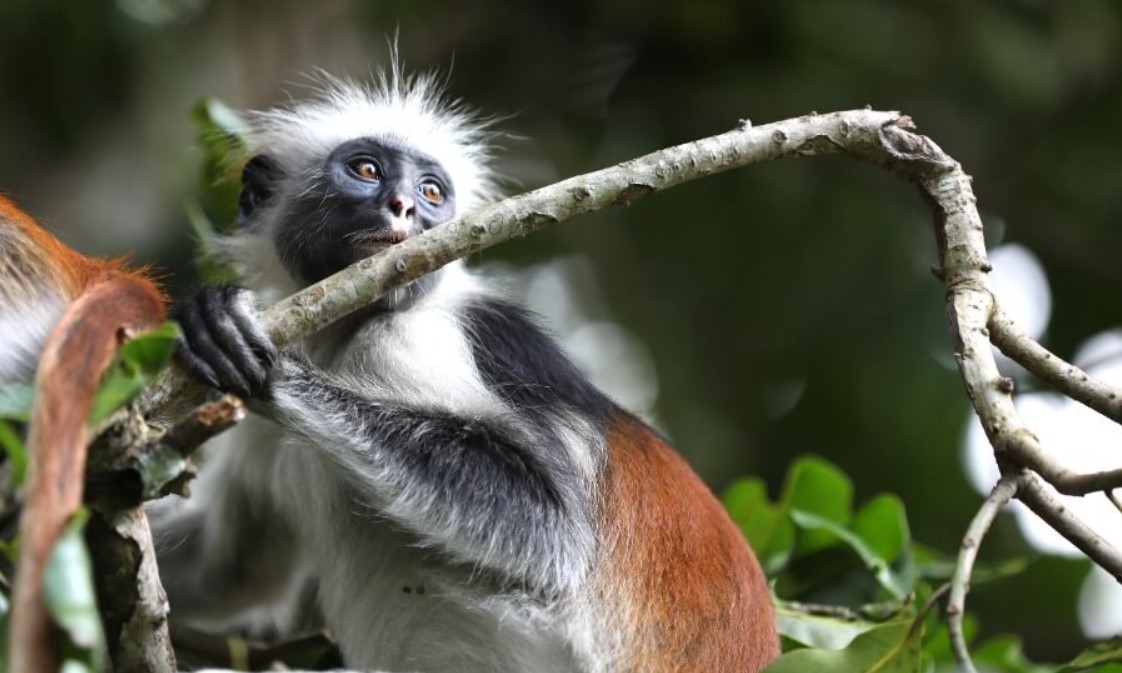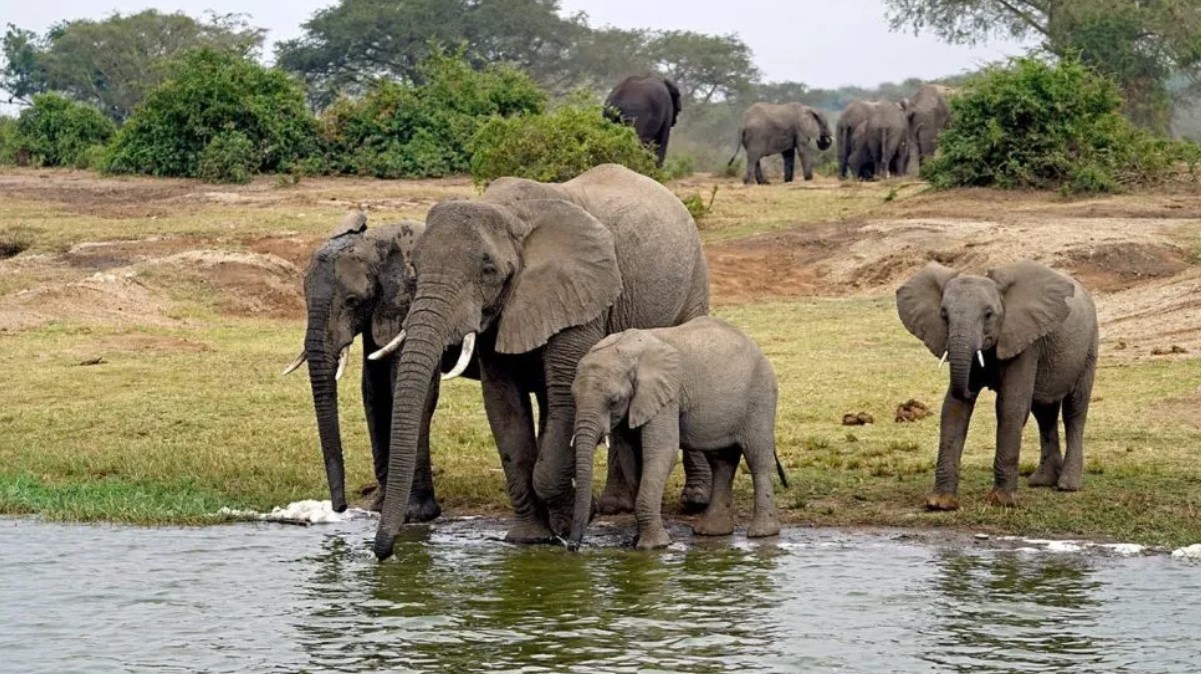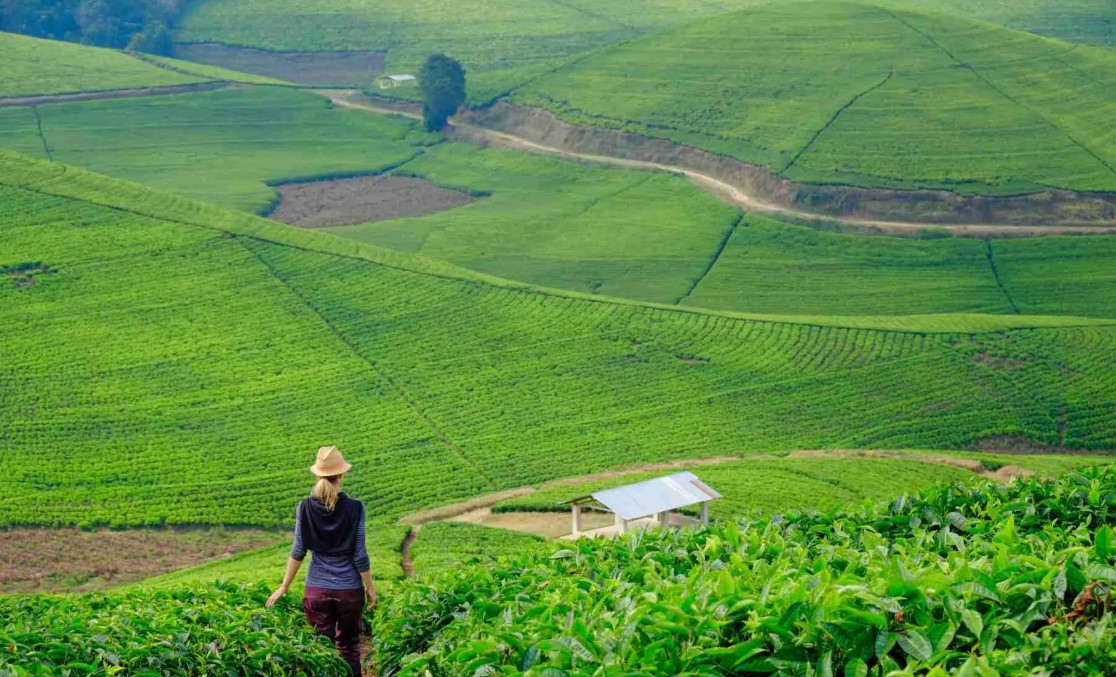
Wildlife in Ngorongoro Conservation Area
Wildlife in Ngorongoro Conservation Area: Ngorongoro Crater is one of the best destinations and it is the best destination with an abundance of wildlife, including the big five animals. The crater has a population of more than 250,000 animals, most of which are ungulated with the high density of predators not only in Africa but in the whole world. The wildlife in the Ngorongoro Conservation Area includes major mammals, including the rare black rhino, which had its population size reduced from 1964 to 1966. Still, the Ngorongoro Conservation Area features the Hippopotum, which is scientifically called the Hippopotamus Amphibious, and the buffalo, scientifically called Syncerus Caffer, which at times is called the Cape buffalo. The other animals within the Ngorongoro Conservation Area include the wildebeest, eland, zebras, waterbucks, and gazelles, among other animal species.
The wildlife animals in the Ngorongoro Conservation Area also include the big five animals, and these, among others, include the elephants, the buffaloes, the rhinos, the lions, and the leopards. The Big five in Africa were among the most difficult creatures for hunters to shoot, yet they could give them a hard time. Despite the challenges and unpredictability of nature, the Ngorongoro crater is one of the few places where you can easily observe all five of the Big Five in one day.
Elephants in the Ngorongoro Conservation Area: Elephants are the most gorgeous creatures you’ll see on every successful and memorable African safari. African bush elephants are becoming increasingly scarce, but this is not the case among the species in the Ngorongoro crater, where they are considered a must-see during your safari in Ngorongoro. Even if the weather is bad, the guests will be able to observe them in the marsh nearby. African elephant populations have been steadily declining due to high levels of poaching in most African countries, but the Ngorongoro Crater Conservation Area Authority has done all possible to safeguard and conserve these animals. Around 30 elephants are reported to be still alive and exiting the Ngorongoro crater with new hopes that the population will greatly increase.
Leopards in the Ngorongoro Conservation Area: Leopards belong to the big cat family and have a rare behavior that makes them stand out. The IUCN red list classifies it as vulnerable due to the serious threat it faces in its native habitat. You can observe it on the grass in Ngorongoro early in the morning or late in the evening, but it prefers to stay on the crater rim on top of the trees, where it serves as a hunting and dining refuge. Leopards have strong muscles that allow them to carry prey that is twice their weight up to the tree. The hyena is the leopard’s deadliest nemesis, as it forces leopards to never leave their food alone. Although the administration is attempting to determine the number of leopards in the Ngorongoro crater, the fact that leopards are always unpredictable they are active throughout the day makes it a difficult task.
The Cape buffaloes of the Ngorongoro Conservation Area: The Cape buffalo, also known as the African buffalo, is the most common and widely distributed of all the African big five, with the highest population because they have few deadly predators, except lions, who attack them on occasion due to their habit of congregating in large groups, which scares predators away. One of the five great cats, the African buffalo, is one of the most dangerous. It takes a long time for an elephant to charge, but once it does, it may kill. Therefore, guests should leave plenty of room, no matter how basic or small it appears to be. Around 4,000 buffalos are anticipated to be among the fauna in the Ngorongoro crater, making it the most easily spotted of the big five.
The Black Rhinos in the Ngorongoro Conservation Area: The Black Rhino is the smaller of the two African rhino species and is the most endangered member of the rhino family. Black Rhinos, like any other type of rhino, like browsing around their habitat and prefer to stay in cool places near water sources. You can usually see them grazing near Lake Magadi in the Ngorongoro crater. In comparison to other rhino species, black rhinos are shy, which causes them to hide and flee in dense vegetation areas that are difficult for the general population to access. Black rhinos are among the African big 5’s most endangered species, but the Ngorongoro Crater Conservation Authority has done more to safeguard them from poachers and predators, resulting in a huge increase in their numbers. As a result, the wildlife of the Ngorongoro crater is protected.

See Antelopes in the Ngorongoro crater
Other wildlife species can be found in the Ngorongoro Conservation Area other than the big five animals, and these, among others, include;
The Zebras of Ngorongoro Conservation Area: Zebras are fascinating creatures that are one of the most common and easily seen animals on safari in Tanzania’s Ngorongoro crater and other national parks. Zebras are members of the horse family and are highly gregarious animals that travel in herds of thousands, sticking to each other and looking in opposing directions for self-defense and protection from predators.
The Blue Wildebeest in the Ngorongoro Conservation Area: The most frequented and well-known wildebeest is notable for its migration across Tanzania’s northern circuit. The wildebeest are grazers who depart in herds and move in herds, with no one in charge but everyone acting as a leader. These creatures are well-versed in Tanzania’s climatic calendar, including when the rains begin, where to be, and how to get there, all in a systematic manner. Millions of visitors flock to Tanzania to witness the annual wildebeest migration, which reaches its pinnacle in the Serengeti Mara ecosystem when the animals cross the Mara River into Kenya’s Masai Mara national reserve.
Antelopes are found in the Ngorongoro Conservation Area: Over six distinct kinds of antelope can be seen in the Ngorongoro crater, including gazelles, eland, impala, and many others. In total, over 72 different varieties of antelope can be found in Africa. Other permanent residents in the Ngorongoro crater include black-spotted hyenas, jackals, and others. Not to mention the many bird species, with the most prevalent being those that live here permanently, while migratory birds only come between April and November to reproduce. Secretary birds, Martial Eagles, Ostriches, Great White Pelicans, Crowned Cranes, Flamingos, Lovebirds, and many others are among the most commonly seen birds. Taking a trip to the Ngorongoro Conservation Area will guarantee you see this wonderful animal species and much more. Just contact Africa Adventure Vacations for your safari to the Ngorongoro Conservation Area.






